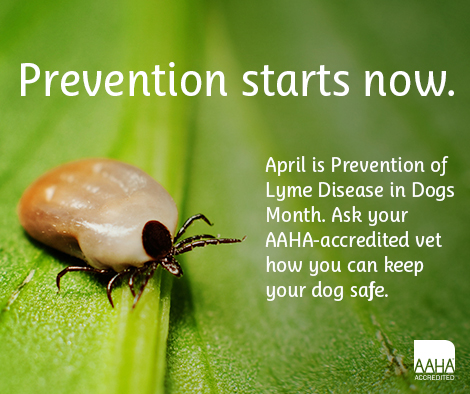
Zoonoses is an infectious disease that affects animals and can be transmitted to humans A number of infectious diseases, including viruses, bacteria, and parasites, can be transmitted from animals to people through a variety of infection routes, including animal bites, vectors (i.e., insects), and animal-to-human contact (i.e., inhalation of respiratory droplets or skin-to-skin contact). Some examples of common zoonotic diseases include lyme disease, rabies, ringworm, and plague.

There are many zoonotic diseases, though some are more serious than others. However, all can create a serious health threat if not controlled. Those most at risk are young children, pregnant women, the elderly, immunocompromised persons and animal care workers. The following zoonotic diseases can affect cats, dogs and humans:
- Bacterial infections: anthrax, bartonella (cat scratch disease – more common in cats but can affect dogs), brucellosis, leptospirosis, MRSA,
- Fungal infections: Blastomycosis, Cryptococcosis, Dermatophytosis or ringworm – a fungal infection of the skin, not an actual worm
- Gastroenteritis agents: Campylobacter, Salmonella, Yersinia, Giardia, Cryptosporidium
- Worms and Parasites: Toxocara canis (roundworms), Ancylostoma or Uncinaria (hookworms) Strongyloides stercoralis (threadworm), Trichuris vulpis (whipworms), Cuterebra spp. (botfly larvae), Cochliomyia hominovorax (screwworms), leishmania
- Plague (transmitted through fleas)
- Rabies
- Tick-borne diseases: Lyme disease, Rocky Mountain Spotted Fever, Ehrlichiosis, Q-fever
Click here for more information on common diseases cats could transmit to people

